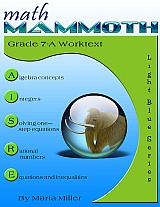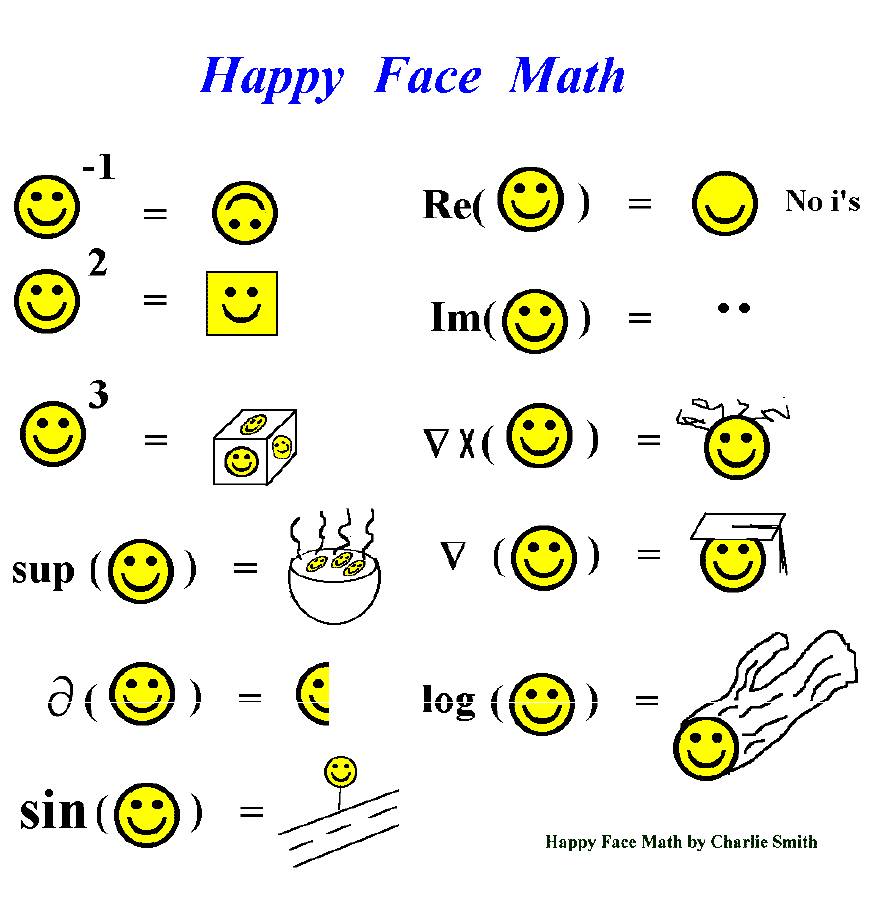 Maria's Math News, February 2015 |
|
Hello!
This time we explore how students should show their work, laugh at "Happy Face Math", get tips for writing in math class, and celebrate: ALL worksheets at HomeschoolMath.net can now be made both in PDF and html formats! ~Maria
Trouble viewing this email? See it online → |
1. Math Mammoth news
|
3. Math worksheets in PDF formTime to celebrate!I've been working hard on the various worksheet generators at HomeschoolMath.net, and now all of them make worksheets both in PDF and html formats! Below you can see examples of the variety of the worksheets: The advantage of the PDF format is that it's portable and you'll instantly see how it prints. The advantage of the html format is that you can edit it! Simply save the worksheet to your device and then open the file in a word processing software. The worksheets cover topics from grade 1 through pre-algebra, such as: all the basic operations, clock, money, measuring, fractions, decimals, percents, proportions, ratios, factoring, equations, expressions, graphing, geometry, square roots, and more. And it's all free. => Free math worksheets Enjoy! |
4. Writing in math classI really liked these little writing tasks meant for the beginning of lesson, but you could use them any time, and of course they're not limited to algebra! Including writing in math is something I'm trying to do from time to time with my girls by simply asking them to write out a neat solution for a word problem - these are even better.=> Incorporating writing in math class |
|
That's it this time! I hope you found something helpful. Feel free to forward this issue to a friend/colleague! Subscribe here. Till next month, Maria Miller |
| Topical worktexts | Complete curriculum | Placement tests |
| Math Mammoth freebies | Math Mammoth on Facebook | Newsletter Archives |
 Are you one of those who would like to start Math Mammoth Grade 7-B now? Like I have mentioned in the past, since 7-B is not available yet, we are including the lessons from the proportions chapter of 7-B in the corresponding Blue series book. You can get that book to "keep you going" for now -- it should be ready in just a day or two.
Are you one of those who would like to start Math Mammoth Grade 7-B now? Like I have mentioned in the past, since 7-B is not available yet, we are including the lessons from the proportions chapter of 7-B in the corresponding Blue series book. You can get that book to "keep you going" for now -- it should be ready in just a day or two. 




